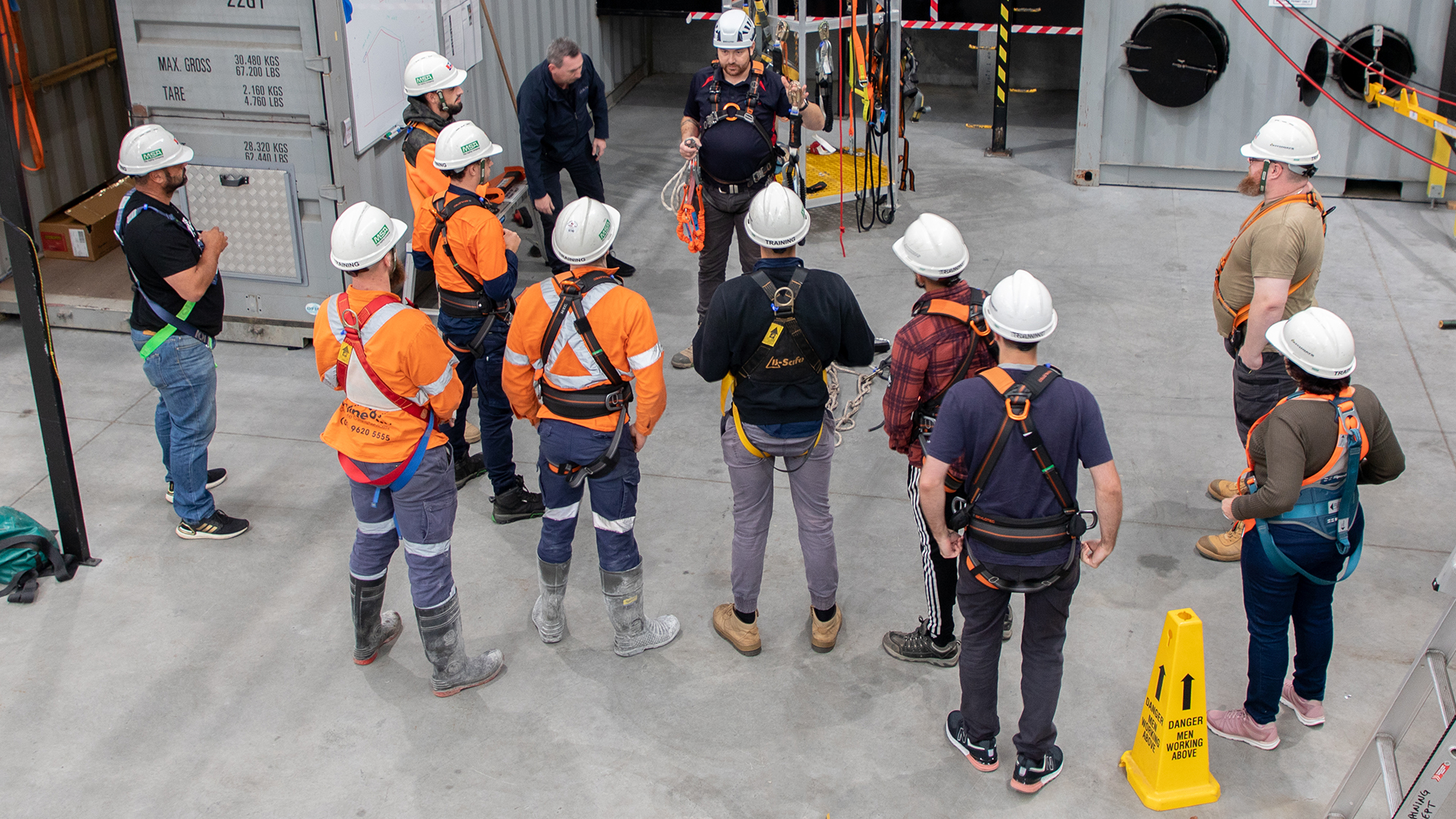Safety training
Improving safety starts with ensuring workers have the skills they need.
Height Safety Engineers encourage all employers and persons conducting a business or undertaking (PCBUs) to ensure that workers are adequately trained for work in high-risk environments.
While high-risk work can be found in just about every occupation, it is especially relevant to the building, construction, mining, energy, plant and facility maintenance industries.
When looking at completing safety training, it is important that a training course goes beyond simply ticking a box. Courses should provide participants with as close to a real-world experience as possible, fully preparing them for the situations they are likely to come across on the job site.
Accredited vs non-accredited training
There are two types of training that can be completed – accredited and non-accredited.
Accredited training is a prescribed unit of competency (or package of competencies) that has been approved by the Australian Skills Quality Authority (ASQA) to ensure it meets “nationally approved standards, based on industry, enterprise, education, legislative and community needs.”
While non-accredited training courses can be cheaper and be completed in a shorter timeframe than accredited training, it is possible that any certificate issued for such training will not be accepted outside the circumstances under which it was completed.
What does this mean? It means that if you complete the accredited RIIWHS204E Work safely at heights training course, your certificate will be accepted anywhere in Australia. By contrast, the certificate issued for completing a unaccredited height safety course may not be accepted by an employer or site supervisor.
You can find out more about the differences between accredited and non-accredited training on our blog.
Refresher training
Much like safety systems, skills learned in training need to be maintained and updated over time. This takes the form of refresher training.
Regularly maintaining your safety skills by undertaking refresher training ensures your qualifications are kept up to date. Depending on the competency you have previously completed, your employer or job site rules, the time between doing the course and refreshing your skills will be different. At HSE, we believe two years is the ideal timeframe, with annual refreshers for CPR. Check your needs with your employer or job site.
Some more details on what some common refresher frequencies are for competencies can be found on our blog.


